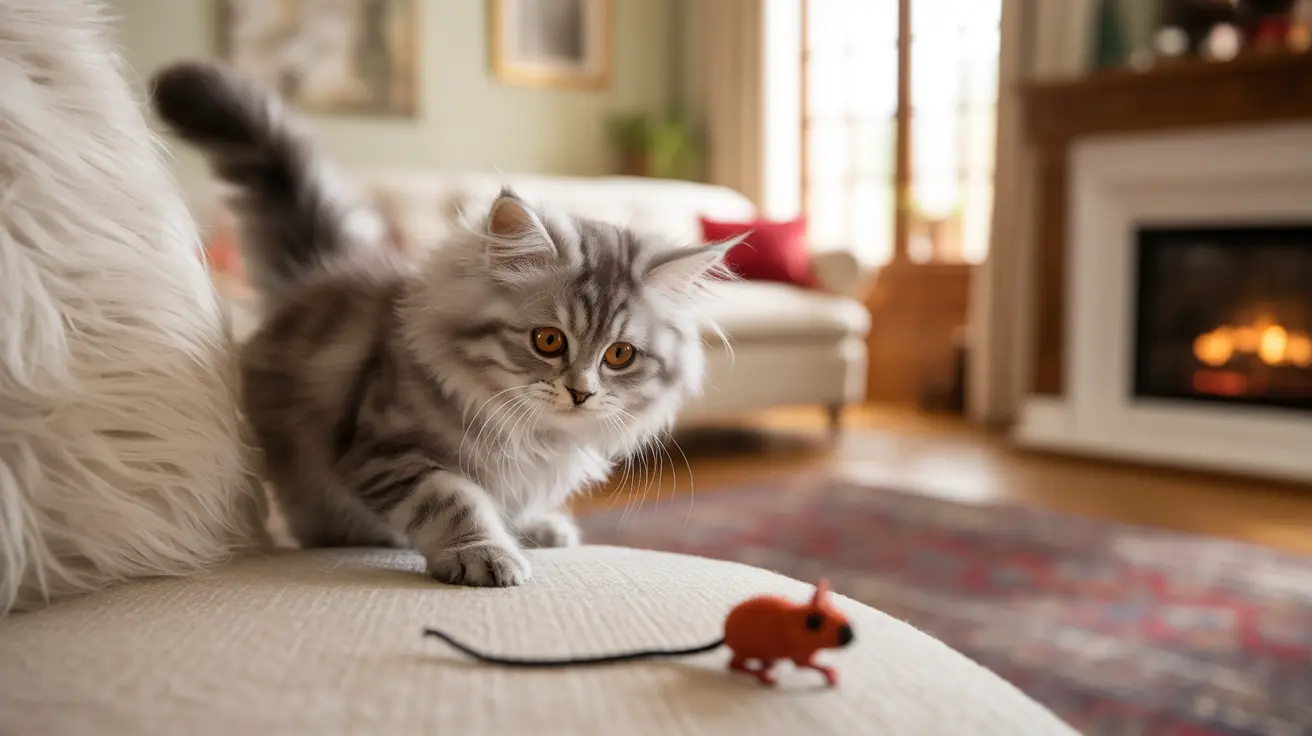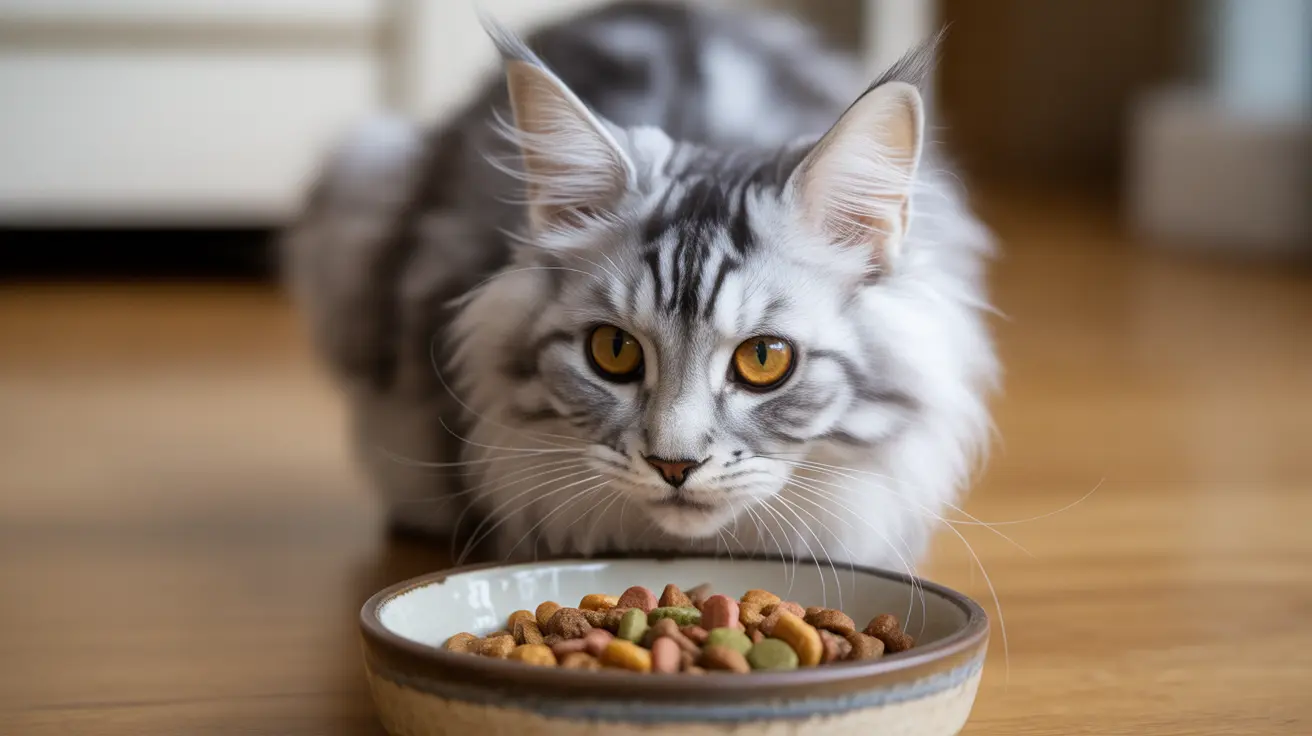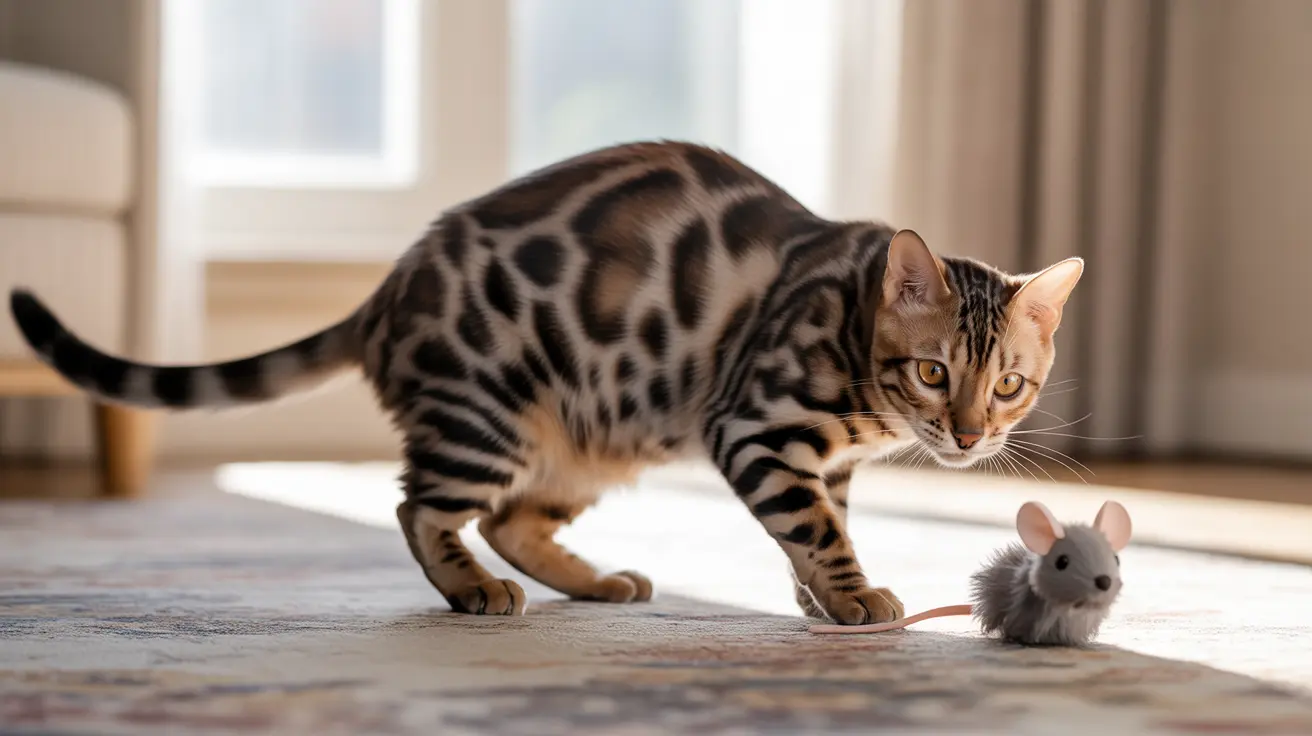Introduction
The fascinating world of tailless cats, particularly the kuyruksuz kedi cinsi (tailless cat breeds), represents one of nature's most intriguing genetic variations in domestic felines. These unique cats, with the Manx being the most prominent example, have captivated cat lovers for centuries with their distinctive appearance and charming personalities.
In this comprehensive guide, we'll explore everything you need to know about tailless cats, from their genetic makeup to their care requirements, focusing particularly on the celebrated Manx breed and other notable tailless varieties.
The Origins of Tailless Cats
The story of tailless cats begins on the Isle of Man, a small island in the Irish Sea, where the Manx cat naturally evolved. This spontaneous genetic mutation occurred hundreds of years ago, creating what would become one of the most recognized tailless cat breeds in the world.
Local folklore tells various tales about how these cats lost their tails, from Vikings cutting them off to cats being late to Noah's Ark. However, scientific evidence points to a natural genetic mutation that became prevalent due to the island's isolated cat population.
Understanding the Genetics Behind Taillessness
The tailless characteristic in cats results from a dominant gene known as the "Manx gene." This genetic trait affects the development of the spine, creating varying degrees of taillessness. However, breeding two tailless cats together can lead to severe health complications in kittens, which is why responsible breeders carefully plan their breeding programs.
Physical Characteristics of Tailless Cats
Tailless cats, particularly the Manx, possess several distinctive features beyond their lack of tail. They typically have:
- A rounded appearance with a curved back
- Powerful hind legs that are longer than the front legs
- A distinctive hopping gait
- A thick, double coat that can be either short or long
- Round, full faces with prominent cheeks
Health Considerations
While tailless cats can lead healthy lives, potential owners should be aware of certain health considerations. Manx Syndrome, which affects about 20% of Manx kittens, can cause spinal defects, mobility issues, and incontinence. Regular veterinary check-ups are essential for monitoring these potential health concerns.
Living with a Tailless Cat
Tailless cats make wonderful companions, known for their:
- Strong bond with human family members
- Intelligence and playful nature
- Excellent hunting abilities
- Adaptability to family life
- Good relationships with children and other pets
Frequently Asked Questions
What causes the Manx cat to be tailless, and how does its genetics affect tail length?
The tailless trait is caused by a dominant gene mutation that affects spinal development. This gene can produce varying tail lengths, from completely tailless (rumpy) to partial tails (stumpy) or even full-length tails (longy).
How can I care for and groom a tailless Manx cat properly at home?
Regular brushing 1-2 times weekly, high-quality nutrition, and plenty of exercise are essential. Longhaired varieties may need more frequent grooming. Always monitor for any signs of spinal issues or discomfort.
What health risks are associated with the tailless mutation in Manx cats?
The main health concern is Manx Syndrome, which can cause spinal cord issues, problems with mobility, and incontinence. Regular veterinary check-ups are crucial for early detection and management of any issues.
How is the personality of a Manx cat different from other cat breeds?
Manx cats are known for their dog-like loyalty, intelligence, and playful nature. They often follow their owners around, enjoy interactive games, and form strong bonds with family members while maintaining a relatively quiet demeanor.
Are there other cat breeds besides the Manx that also have no or short tails?
Yes, other breeds include the Japanese Bobtail, American Bobtail, Cymric (long-haired Manx), and Kurilian Bobtail. Each has its own distinct genetic cause for the shortened tail.
Conclusion
Tailless cats, particularly the kuyruksuz kedi cinsi varieties like the Manx, represent a fascinating aspect of feline genetics and breeding. While they require special consideration regarding health monitoring and care, these unique cats offer devoted companionship and distinctive charm to those who welcome them into their homes.






